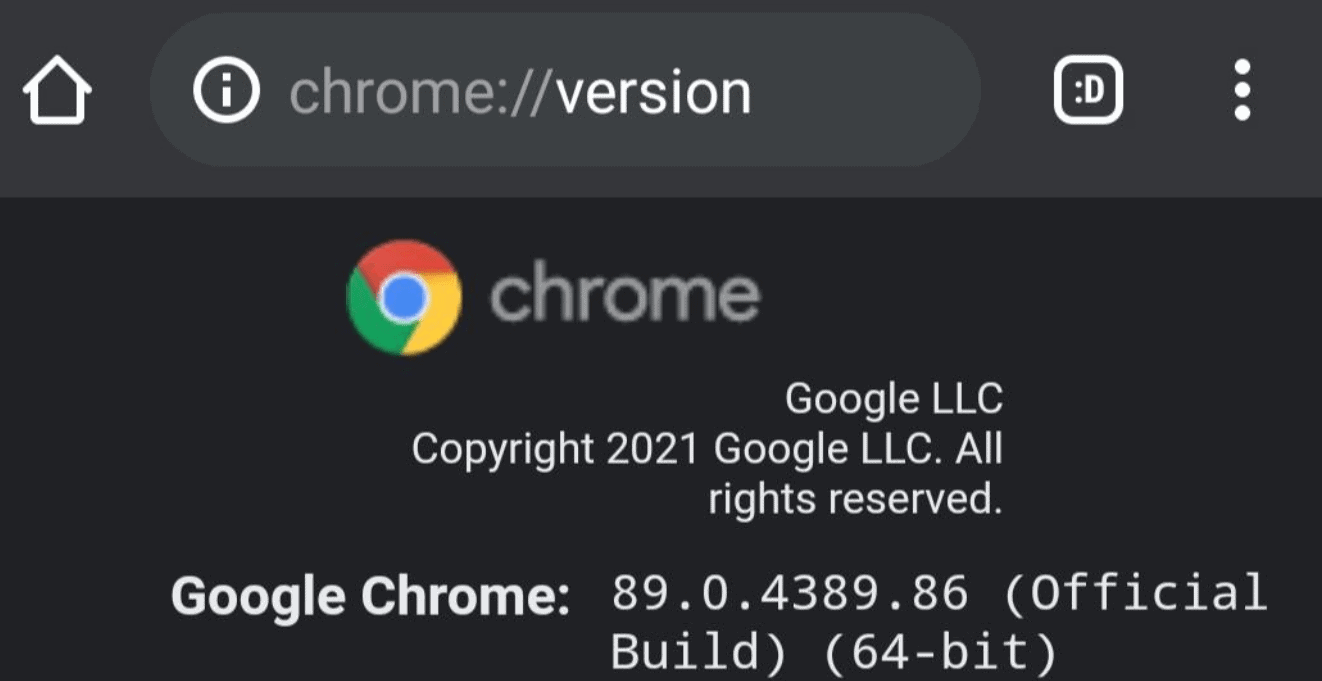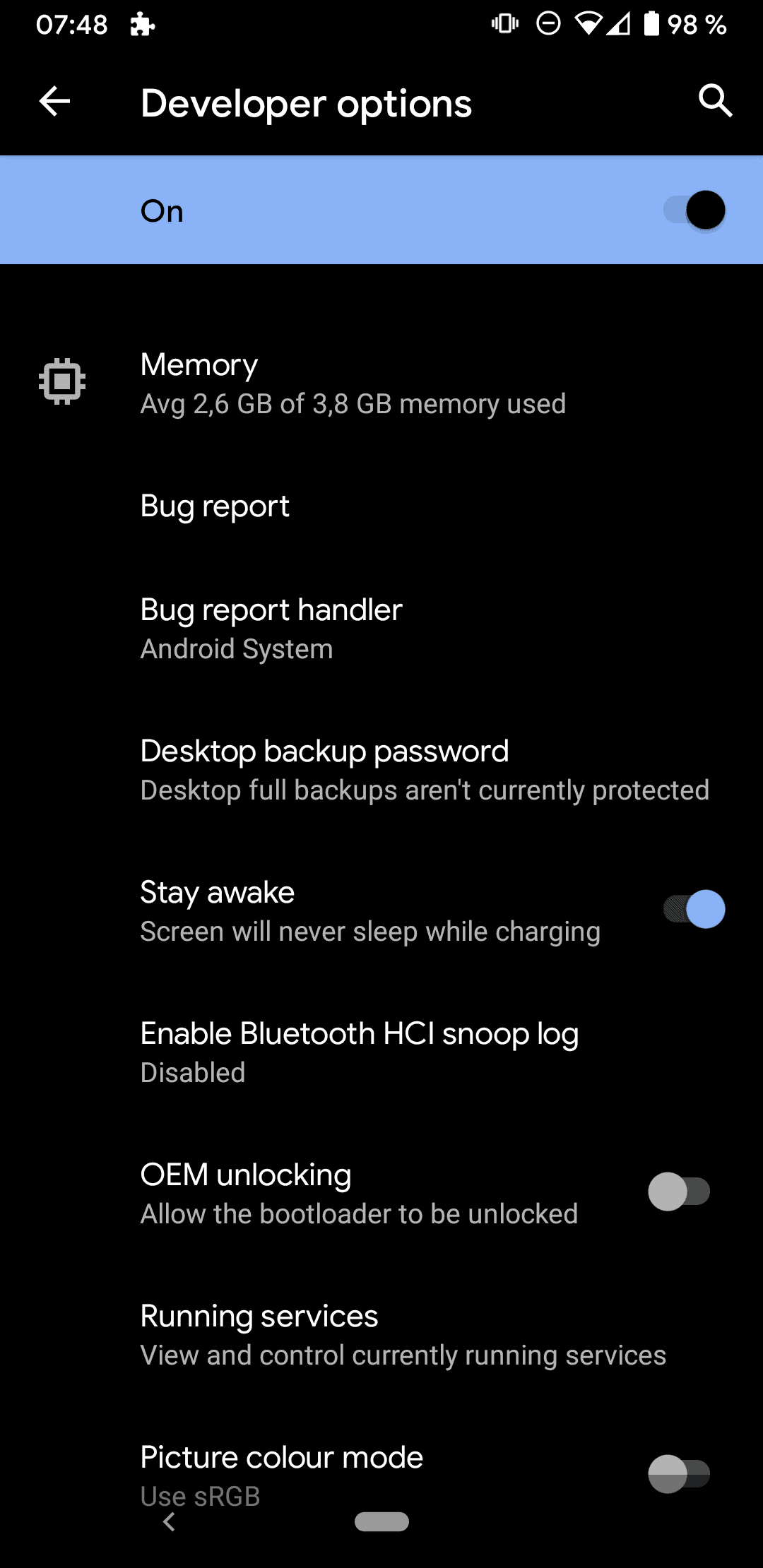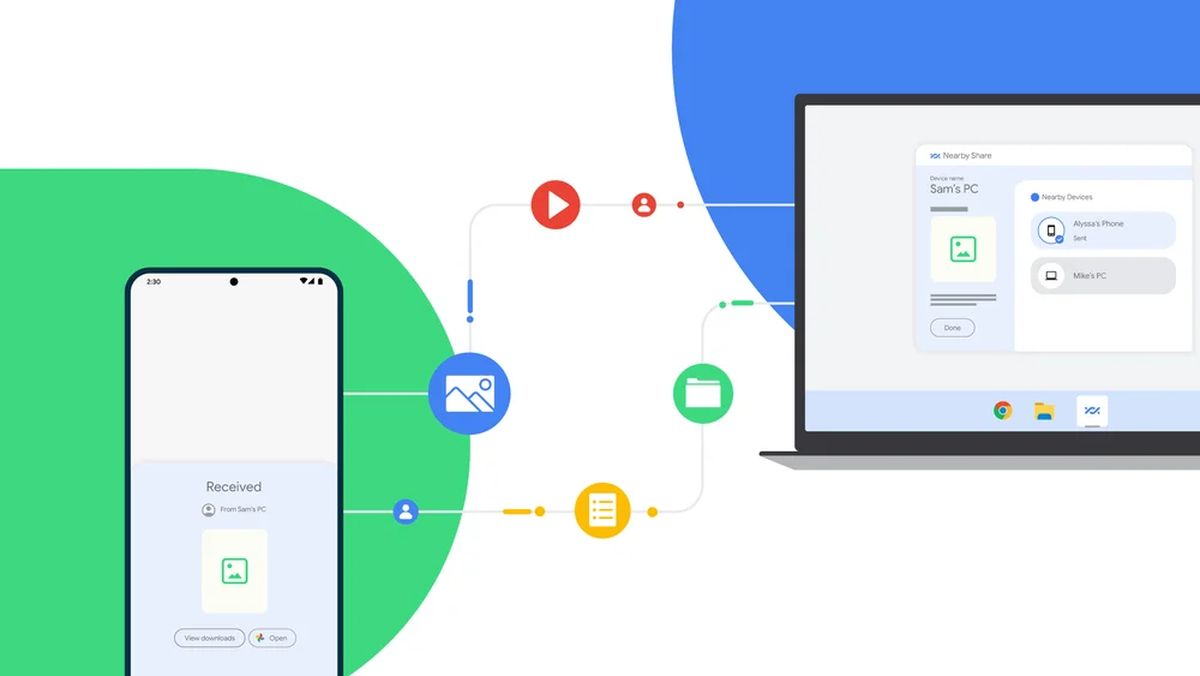Google is pushing 64-bit Chrome on Android

If you are using Chrome on Android devices, you may run a 64-bit version of the browser after the upgrade to Chrome 89 on the device, instead of the 32-bit version of the browser.
Google started to push the 64-bit version of Google Chrome for Android to devices that match specific system requirements. In other words: not all devices will see the upgrade to Chrome 64. The following minimum requirements need to be met (all of them):
- The device needs to run Android 10 or newer.
- The device needs to have at least 8 Gigabytes of RAM.
You can check out the installed version of Chrome, including whether it is 32-bit or 64-bit, in the following way:

- Load chrome://version in the address bar of the browser.
- The first entry, called Google Chrome, displays the installed version of the web browser and its architecture.
If Chrome is not at version 89 already, you need to update the browser to version 89 first to run the 64-bit version of the browser on the device, provided that it meets the requirements.
The Android version is displayed under OS on the same page.
Check the installed RAM on Android

To check the RAM that is installed on the device, do the following:
- Open the Settings on the device.
- Search for "memory".
- Select the "System > Developer Options" result.
- The installed memory is displayed.
Note: if you have not enabled Developer options on the device, you may need to do so first. Open Settings > About Phone, scroll to the Build number listing, and tap on it seven times (may vary, but you should get information that Developer options are now enabled on the device after the operation).
Google added the requirement in 2019 that Android applications needed to support 32-bit and 64-bit architectures, going forward. Existing apps that are not updated anymore remain available as 32-bit only versions, however.
ARM announced in October 2020 that ARM Cortex-A "big" cores" will only support 64-bit code from 2022 onward.
One of the main effects of switching to a 64-bit application is that it may utilize more RAM on the device. Performance may benefit from the switch because of that.
The move to 64-bit apps may also benefit security, power consumption, and enable support for features that may not be possible on 32-bit devices.
Now You: does your Android device meet the minimum requirements? Many of Google's own recently released devices don't.























Nothing Changed, Even My phone is 8/128, Chrome://version shows 64bit. pure BS
My A6 (3 giga) doesn’t have the right
Android 11 neither
It would be nice if you would have told how to change from 32-bit 64-bit if the device meets the requirements.
I also thought it was 64 bit already…
It is still a battery hog. It used 1.7% of my battery with 1 minute use.
No, my device does not. It’s ARM64 with only 2 GB of RAM and Android 9. However, I’ve been running 64 bit programs on it for a while. Including 64b versions of Ungoogled Chromium, Bromite, Vivaldi, and Firefox. Firefox is the only one that has issues with so “little” RAM. I don’t understand why Alphabet and Microsoft are so reluctant to go full x64.
Fyi, I like Marmaduke’s (macchrome) Ungoogled Chromium even if its only updated (on average) every other release. Though it’d be nice if it (and Bromite) could load more than one blocker script.
Opinion: 64 bit should be DEFAULT on all G Chrome on Android with Android version at least 8, 64 is like 6 feet 4, 32 is just 3 feet 2, nobody want to born and died with the height of 3’2 (excluding pros and testing user), and beside that, pushing out 64 bit version of Chrome will solve most of the problem on Google Play Store review, likely gave Google more respect and educate people without telling them why it’s important to end any app session after they no longer needed, literally no longer need at all
On my Note 10+ it’s also 64-bit now. I’m curious about my Pixel 2XL which also has 4 GiB of RAM. I’ll check when I get home tonight.
Galaxy Note10+ (12GiB) 64-bit
Galaxy S10 (8GiB) 64-bit
Pixel 2 XL (4GiB) 32-bit; also tested Dev, still 32-bit
Xiaomi Mi A1 (4GiB) 32-bit
Ugh, this sucks. <- in Duke Nukem's voice
On all phones I run Chromium 64-bit flawlessly, btw.
I would have assumed Chrome was already 64 bit